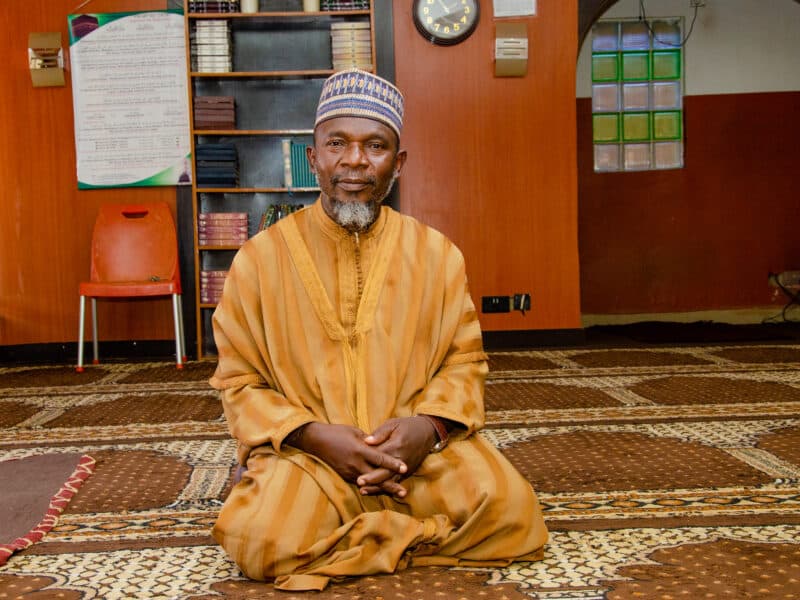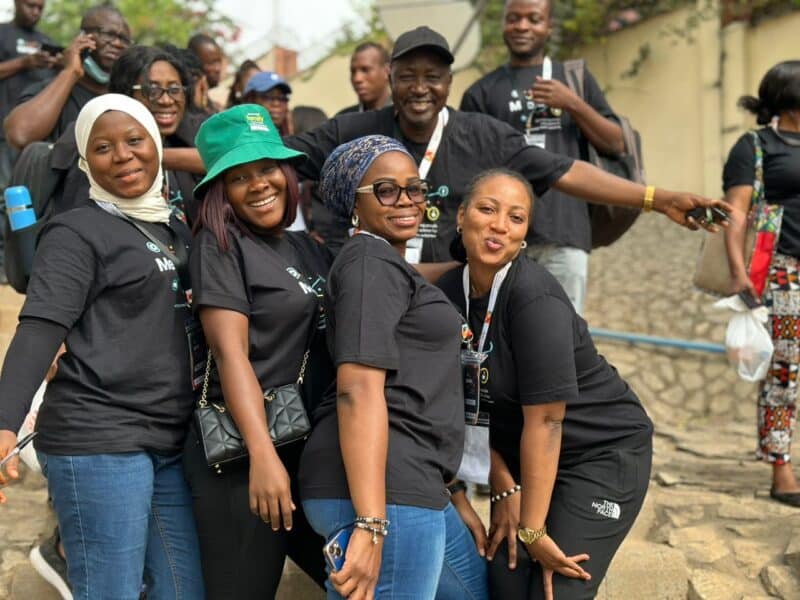Nearly all respondents to a recent survey living in the Pacific region of the United States (the West Coast as well as Alaska and Hawaii) say they wear masks to prevent the spread of COVID-19, while just three in four respondents in the East South Central Region (Kentucky, Tennessee, Mississippi and Alabama) said they do.
The same survey found that while 91 percent of those in the Pacific region think that mask wearing has become a social norm in their community, just 45 percent do in the West North Central (the eight states from Missouri and Kansas north to the Canadian border).
“This data tells us that national data can hide important geographical differences in behaviors designed to slow the spread of COVID-19 during this pandemic,” says Susan Krenn, executive director of the Johns Hopkins Center for Communication Programs. “Only when we dig down and see regional differences can we truly understand where there is communication work still to be done.”
A new release out today of the KAP COVID dashboard, which presents data from a global survey of knowledge, attitudes and practices around COVID-19, includes regional data specific to the United States and India, two countries where COVID-19 case counts are the highest in the world.
The data in the dashboard were collected in July from more than 300,000 people in 67 countries. Researchers from MIT collected the data and CCP analyzed and presented the data in an easy-to-use format.
The dashboard allows researchers, public health programmers and policymakers to compare COVID-related knowledge, attitudes and behaviors across countries where the survey was conducted. It is a collaboration among CCP, Facebook Data for Good and MIT, and the World Health Organization and Global Outbreak Alert and Response Network served as advisors.
This latest analysis, which finds that key COVID-19 prevention behaviors vary within countries, contains regional data both from the United States and India. The U.S. data is broken down by nine U.S. Census regions and the Indian data is clustered by the country’s six administrative zones.
The COVID-19 pandemic has sickened nearly 38 million people around the world this year and killed more than one million, including more than 215,000 people in the United States, which has the world’s largest outbreak. India’s 7.1 million cases of COVID-19 are second only to the U.S. and its 7.8 million cases.
With no vaccine available, behaviors such as handwashing, social distancing and mask wearing are the only way to limit transmission of COVID-19.
There are regional differences in the United States when it comes to adopting social distancing measures in public, the dashboard shows. While 87 percent of those living in the West North Central region reported staying at least three feet away from others, just 69 percent of those living in New England reported the same.
Even though mask wearing is nearly universal in the Pacific region, the survey found that only 23 percent of respondents who live there say they believe that “people like them are likely to be infected.” By contrast, 59 percent of those who live in the West South Central region (Texas, Arkansas, Louisiana and Oklahoma) agreed with that statement (though only 79 percent of them reported wearing a mask).
In New England, 75 percent said they feared serious outcomes if they become infected, while only 33 percent of those in the Pacific region shared the same concerns.
Around the issue of trust in COVID-19 information, there are both regional commonalities and differences in the data. Scientists and doctors are reported as the most trusted sources of information in all regions of the U.S. except for the West South Central region, where local health care workers share the same trust level as these health experts. Politicians are among the least trusted in all regions.
But how trusted are these sources? In the Pacific region, 80 percent of people said they trust scientists and doctors as sources of COVID-19 information; in New England, the figure is only 49 percent.
Understanding COVID-19 knowledge, attitudes and behaviors is important for health communication professionals who are developing public health messaging. To improve acceptance of key prevention information, officials could consider finding ways to get health care workers more involved in media campaigns, by directly delivering messages or reinforcing them through media outlets, to boost credibility.
For more information on the newest data visualization and unique pages for each of the countries surveyed with disaggregated findings by sex, age, education level and residence, visit ccpnews.link/kapcovid.





